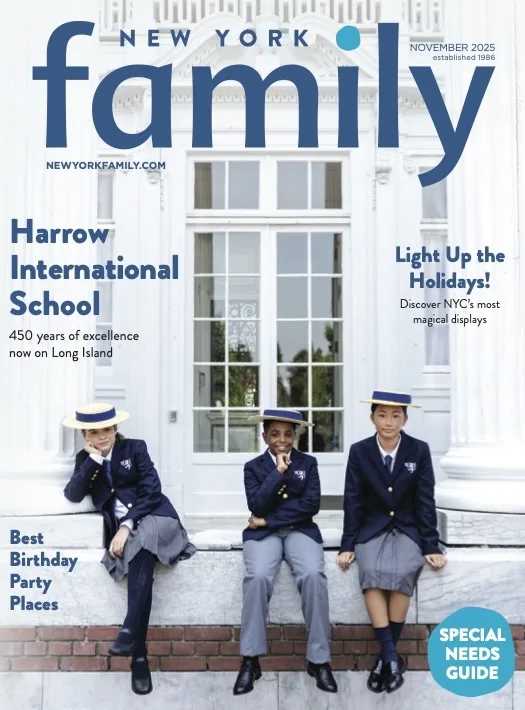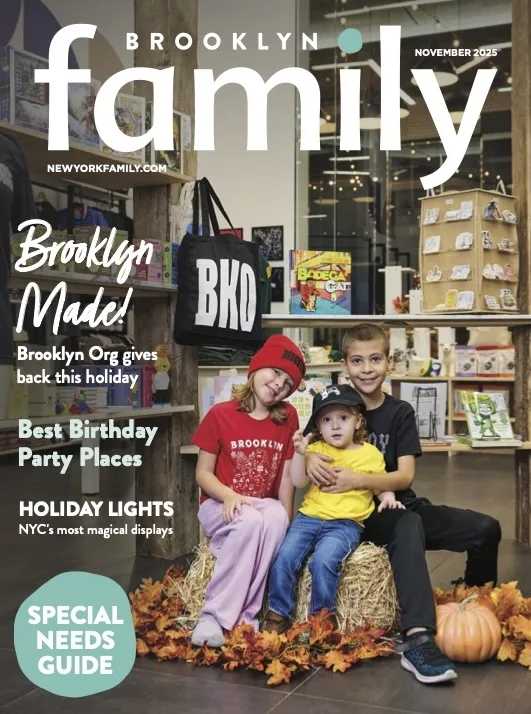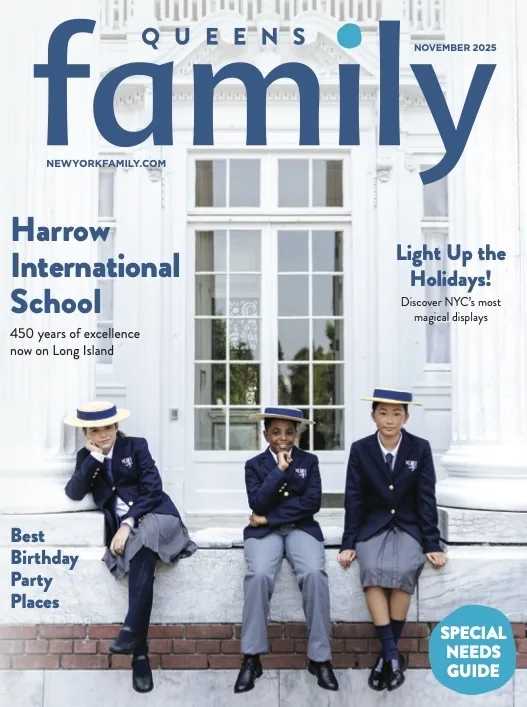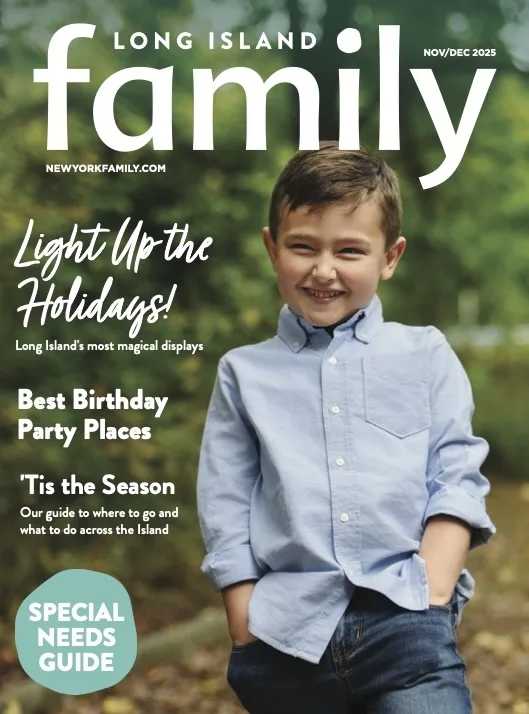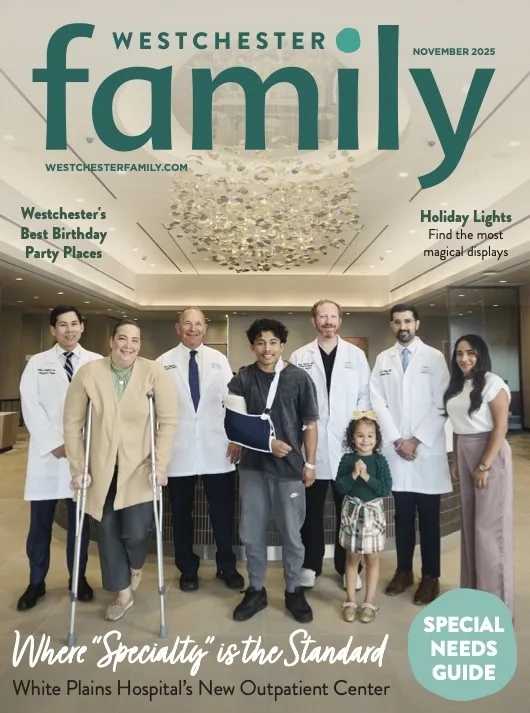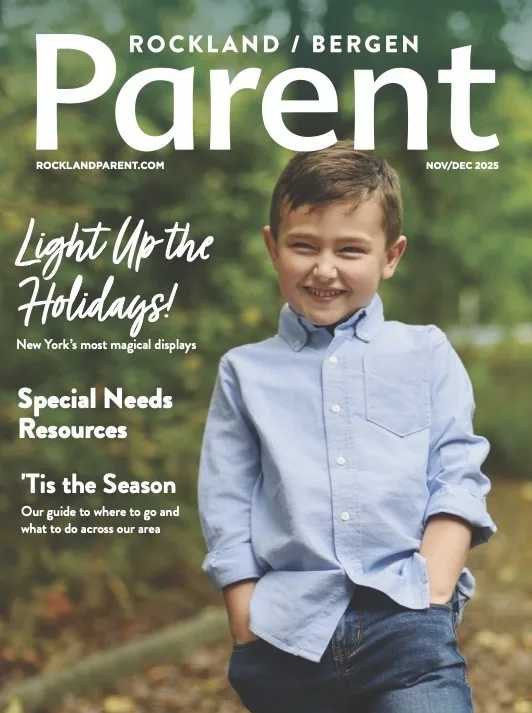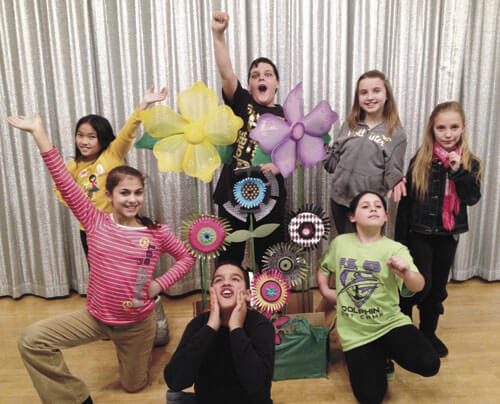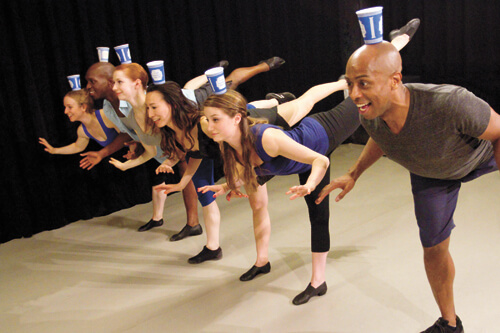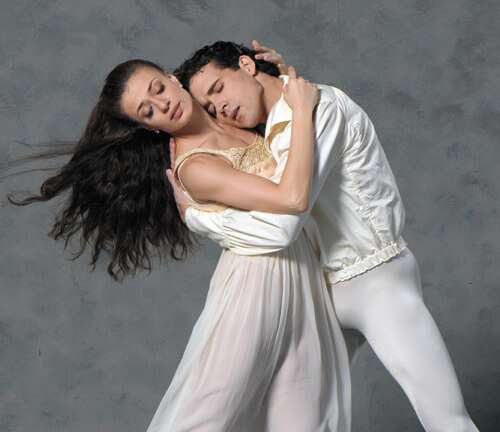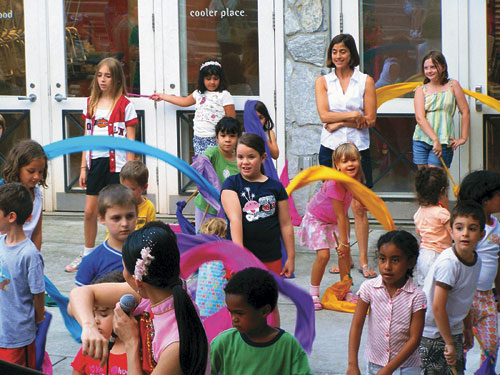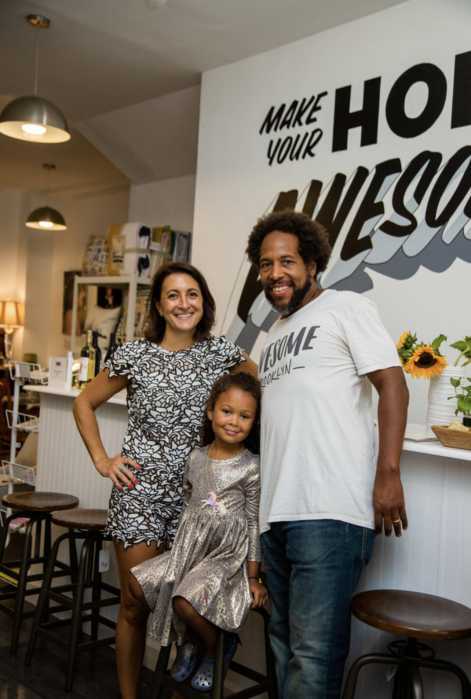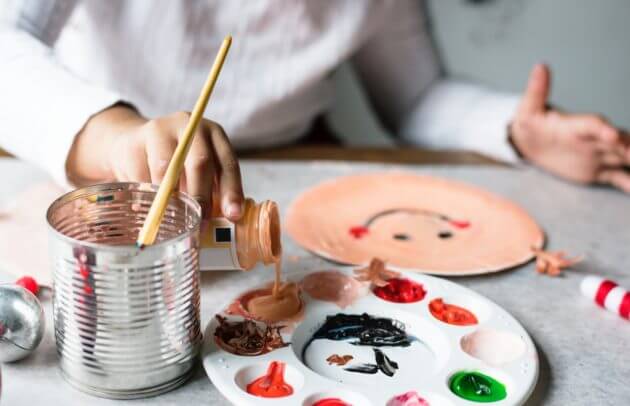
Most parents have heard of STEM (science, technology, engineering, and math) education, but maybe not as many know about STEAM (science, technology, education, art, and math) education. Some educators contend that adding the “A” for art is essential for a child’s full development and education.
Why are the arts important for children?
Arts education encompasses many disciplines including music, drama, dance, design, and the visual arts. Yet, it is more than just studying specific disciplines, an arts education can teach children to generally use their imagination to solve problems and approach their work in a variety of ways.
“The arts teach discipline, focus, cooperation, and creativity—a trait that 72 percent of employers say is the number one skill they seek when hiring,” says Mara Manus, executive director of New York State Council on the Arts (NYSCA). “Students involved in the arts are four times more likely to be recognized for academic achievement, and arts engagement makes low-income students more than twice as likely to graduate college as their peers with no arts education.”
Many educators agree that arts education can help build determination and resilience in children and can also help them master important skills. Yet, in many school districts funding for arts programs have been slashed to the bone.
Providing financial support
“Through the Arts Education Program, NYSCA provides $3 million statewide in dedicated support to community arts education programs as well as hands-on grade pre-K-12 in-school instruction,” Manus says. In addition, she says the agency provides nearly $500,000 to support scholarships and training programs for underserved communities and $150,000 to support community music schools.
[gravityform id=”13″ title=”false” description=”false” ajax=”true”]
Manus says NYSCA sees the impact of this support in so many ways: students build self-esteem and confidence as they learn and excel at new talents; they cultivate empathy as they study the viewpoints of diverse characters through theater and literature; they develop diligence as they practice an instrument or polish dance moves; they learn to express themselves in healthy ways as they write, paint or create their own films and videos.
NYSCA in-school grantees must all meet state learning standards. “We are continually impressed by the innovative ways they connect the arts to school curricula—from a mummy-inspired dance segment tying into a social studies class about Egypt to architecture instruction that integrates math and science concepts as students build their own bridges,” Manus says.
Throughout the city, there are so many opportunities for children to explore the arts through NYSCA’s programs. According to their website: “NYSCA’s Arts Education Program cultivates the creativity of all New Yorkers, from preschoolers to seniors, in both school and community settings. Arts instruction empowers students of all ages and backgrounds to build hands-on skills in a range of disciplines, such as mastering a musical instrument, experimenting with a collage technique or learning a new dance choreography.”
Manus says that it’s also worth noting that museums often have special family programming during school vacations, and local libraries may be able to provide passes for museum admission.
How parents can help
Manus says parents can encourage children of all ages to explore the arts by sharing experiences with them and helping them pursue artistic interests through community arts education programs.
Here is just a small sampling of New York City arts programs for parents to explore with their children:
- The Art Farm theartfarms.org
- The Brooklyn Museum brooklynmuseum.org
- Carnegie Hall Kids carengiehall.org
- Children’s Museum of the Arts (CMA) cmany.org
- Children’s Museum of Manhattan (CMOM) cmom.org
- Church Street School for Music and Art churchstreetschool.org
- The Craft Studio craftstudionyc.com
- JCC Manhattan jccmanhattan.org
- Private Picassos privatepicassos.com
- Symphony Space symphonyspace.org
- Theatreworks USA twusa.org
- WeBop at Jazz at Lincoln Center academy.jazz.org/webop
- Young Audiences New York yany.org
- 92Y 92y.org
Anywhere, anytime
“An increasing number of arts and cultural organizations also have rich digital offerings, making even snow days or sick days opportunities to engage with the arts, often for free or at a low cost,” says Manus.
For example, she points out that the Metropolitan Museum of Art website offers a digital search of its collection, and you can download more than 400,000 public domain images that can be “remixed” to create your own works of art. The New York Philharmonic website includes free video of recent concerts.
Audiences of all ages have greater access to the arts than ever before, Manus says, and this means that sharing the arts with children is an attainable and deeply worthwhile goal.
Jean Sheff is editor of Westchester Family and an enthusiastic supporter of children’s art programs.
